Results 31 to 40 of 141
Thread: Tapered blades.
-
03-08-2014, 08:23 PM #31Historically Inquisitive



- Join Date
- Aug 2011
- Location
- Upstate New York
- Posts
- 5,782
- Blog Entries
- 1
Thanked: 4249
The "Straightbacks" razors hes talking about in this article with inscription "For barbers Use" etc are not the tapered blades we see in this thread. Razor T in this article was allready 90 years old when the article was written.
As somebody suggested im beginning to think that this type of grinding was probably a fad with street grinders of that period, seems like all the razors in question are from Sheffield .
-
03-08-2014, 08:25 PM #32

There are multiple different things that argue in favor of them being made that way.
- The spine tapers along with the blade
- The quill-profile makes it easier to see that spine width isn't from honing
- The great bulk of them are so similarly designed
- They come from such a narrow period
These pictures might help, too.
(You can right-click and 'view image' to see a full resolution version)
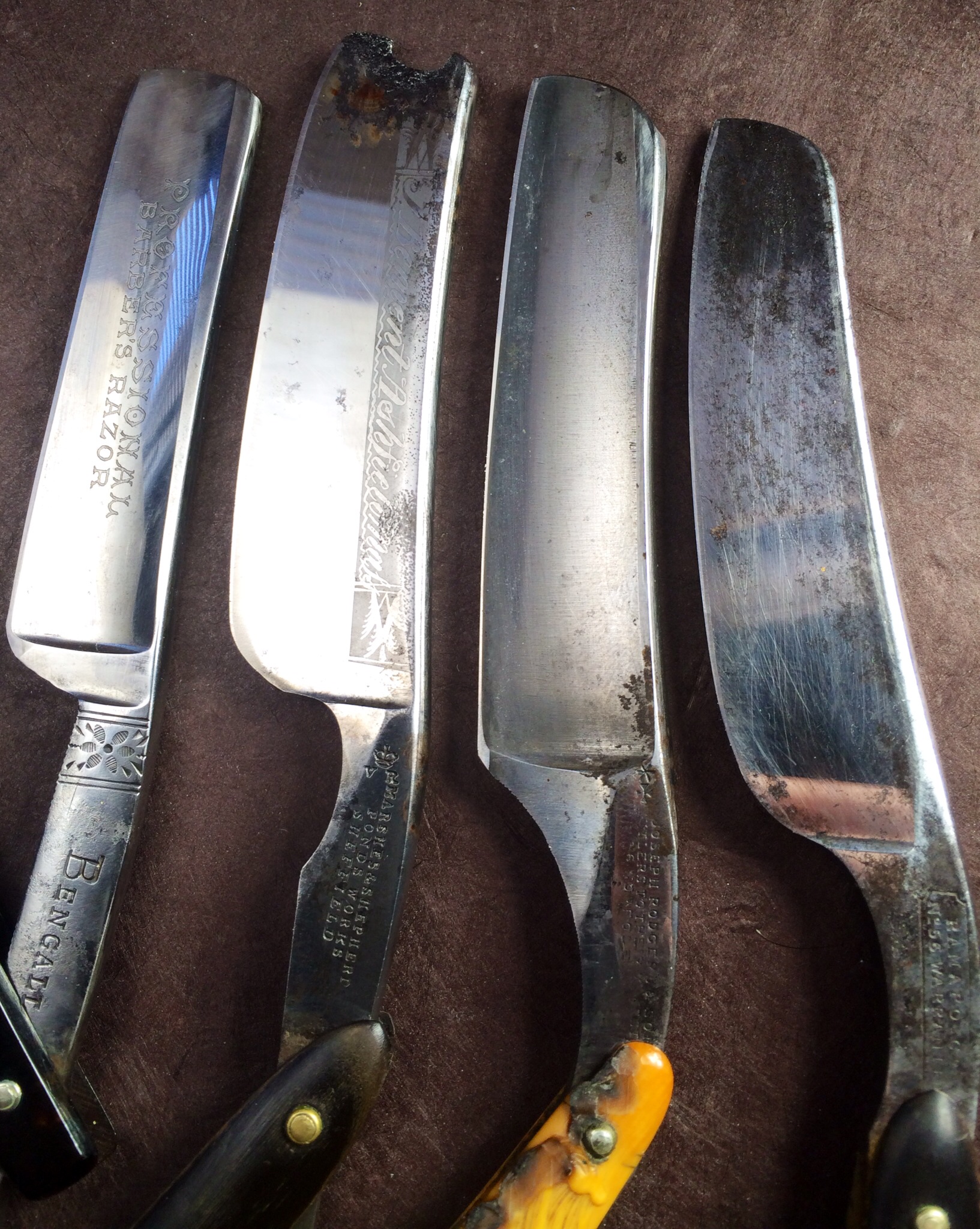
Two of these were razors that I contend were 'designed that way' and two of them were 'abused that way'.
And a closeup:
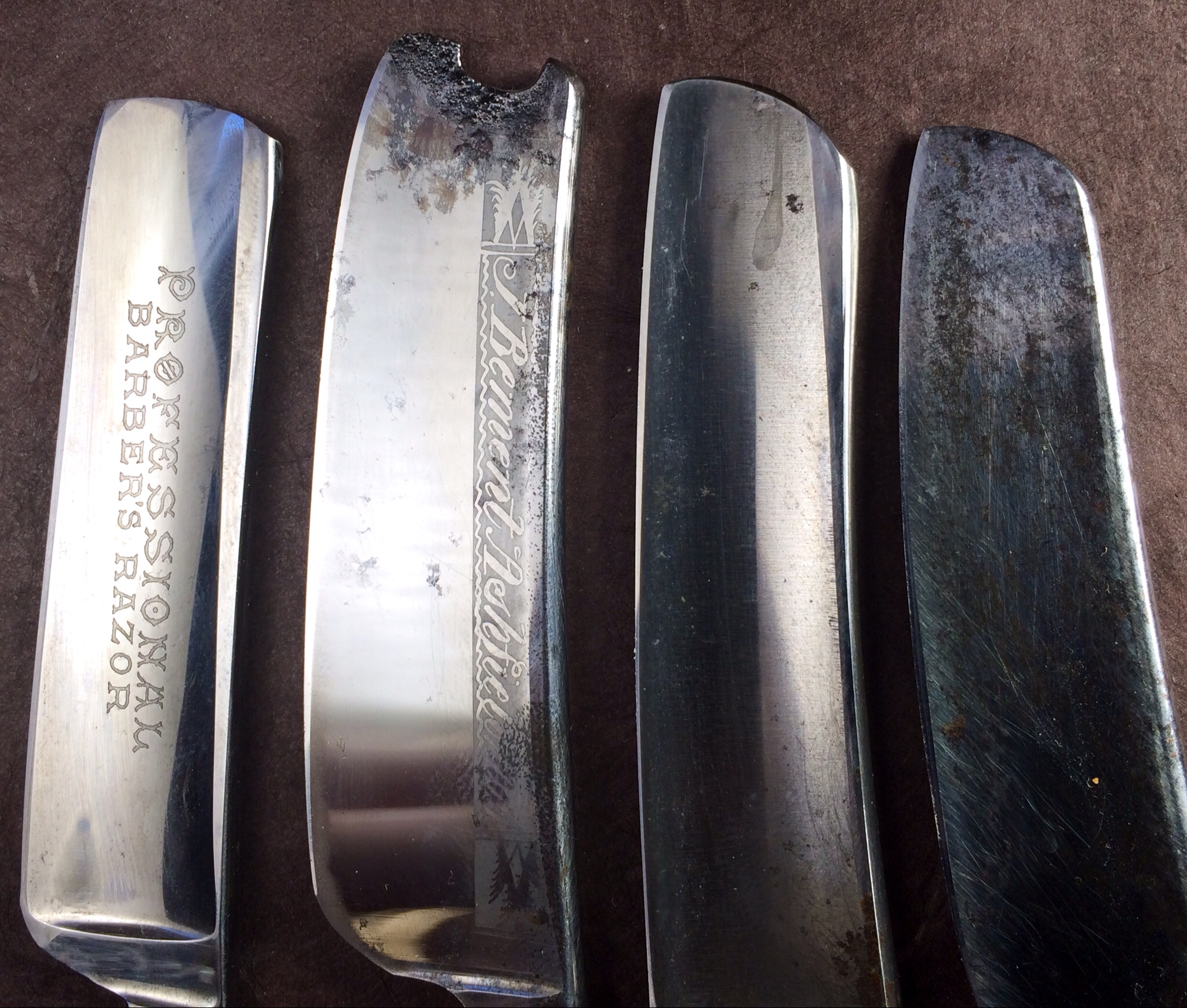
(I sincerely wish the J. Bement weren't so corroded a the point, but it doesn't interfere with shaving).
It should be pretty clear that the razors that were designed to have a tapered blade have a very different kind of spine wear than the ones that were honed with pressure on the point. There was absolutely no way to regrind that Marshes & Shepherd to remove hone wear AND preserve that spine etch, though admittedly, that particular razor is somewhat less pronounced in its taper, but there are enough others like it (some pictured in this thread, even!) to make it clear the blade was designed to have a taper.
As to the benefits, I'll attest that it's a fantastic design for shaving into and around mustaches and sideburns.
But it would likely have fallen out of fashion because it's just not as easy to hone them well as it is a typical design from the era. You have to roll the pressure along the spine. It's easy to get most of the blade honed right, but keeping consistent (light!) pressure into that tapered point is a real challenge, and if the point isn't as sharp as the rest of the blade, you lose the benefit of the shape. So it's both useful and not practical for the average user.-Zak Jarvis. Writer. Artist. Bon vivant.
-
03-08-2014, 08:25 PM #33

It's still not a picture from an advertising from the same period, but it was almost 100 years ago, so I guess they remembered better what was originally made and what was a used razor.
Martin you would notice that there's a ; between the straightback part and the barber use part.
But I'm not fully convinced myself. I just find this less unbelievable
Last edited by Thaeris; 03-08-2014 at 08:28 PM.
-
03-08-2014, 08:42 PM #34

And if you subscribe to the 1837-1844 era for these tapered blades (which I can back up with a collection of evidence), ten years later there's another asymmetrically ground razor made by Wade & Butcher.
An ad from the Philadelphia Public Ledger, March 25, 1851.
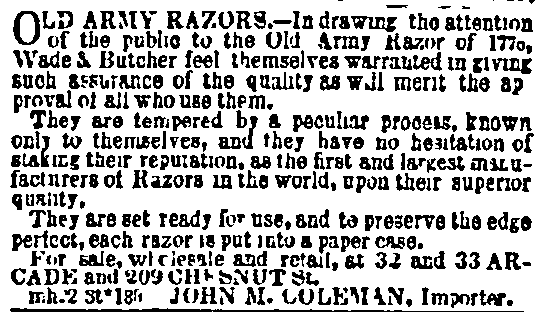
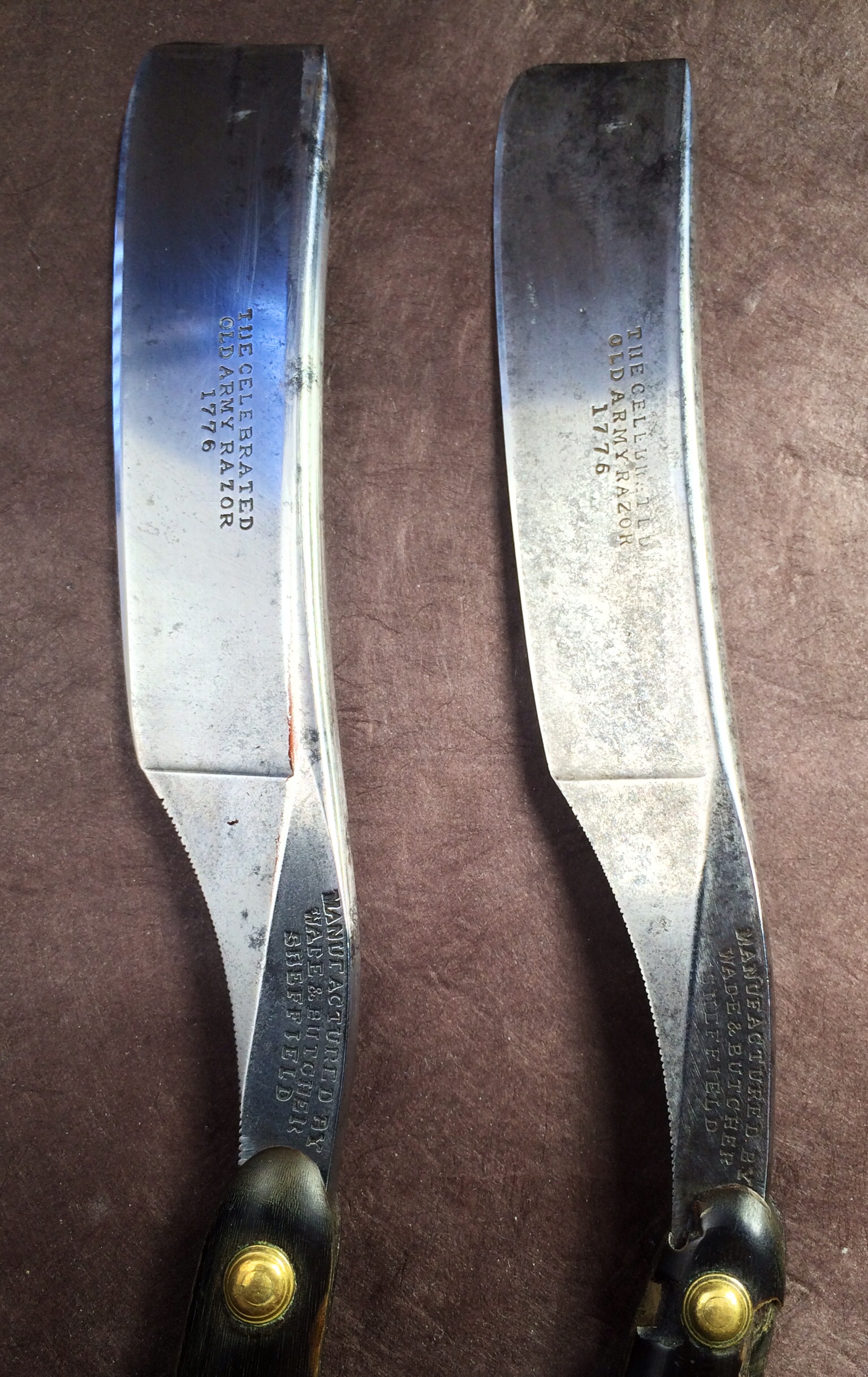
So it was definitely something that was being done on purpose around that time frame.-Zak Jarvis. Writer. Artist. Bon vivant.
-
03-08-2014, 10:56 PM #35

And, I don't know why I didn't think of this before -- possibly because they were made so much later, and the taper isn't as pronounced... But there's this.
British Bee Journal, Vol 22, 1894:
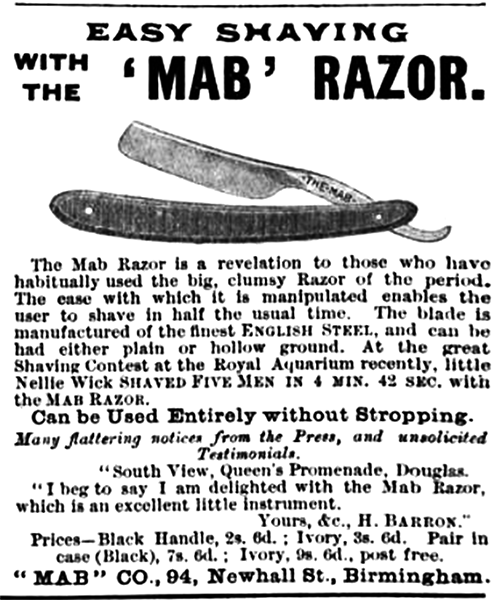
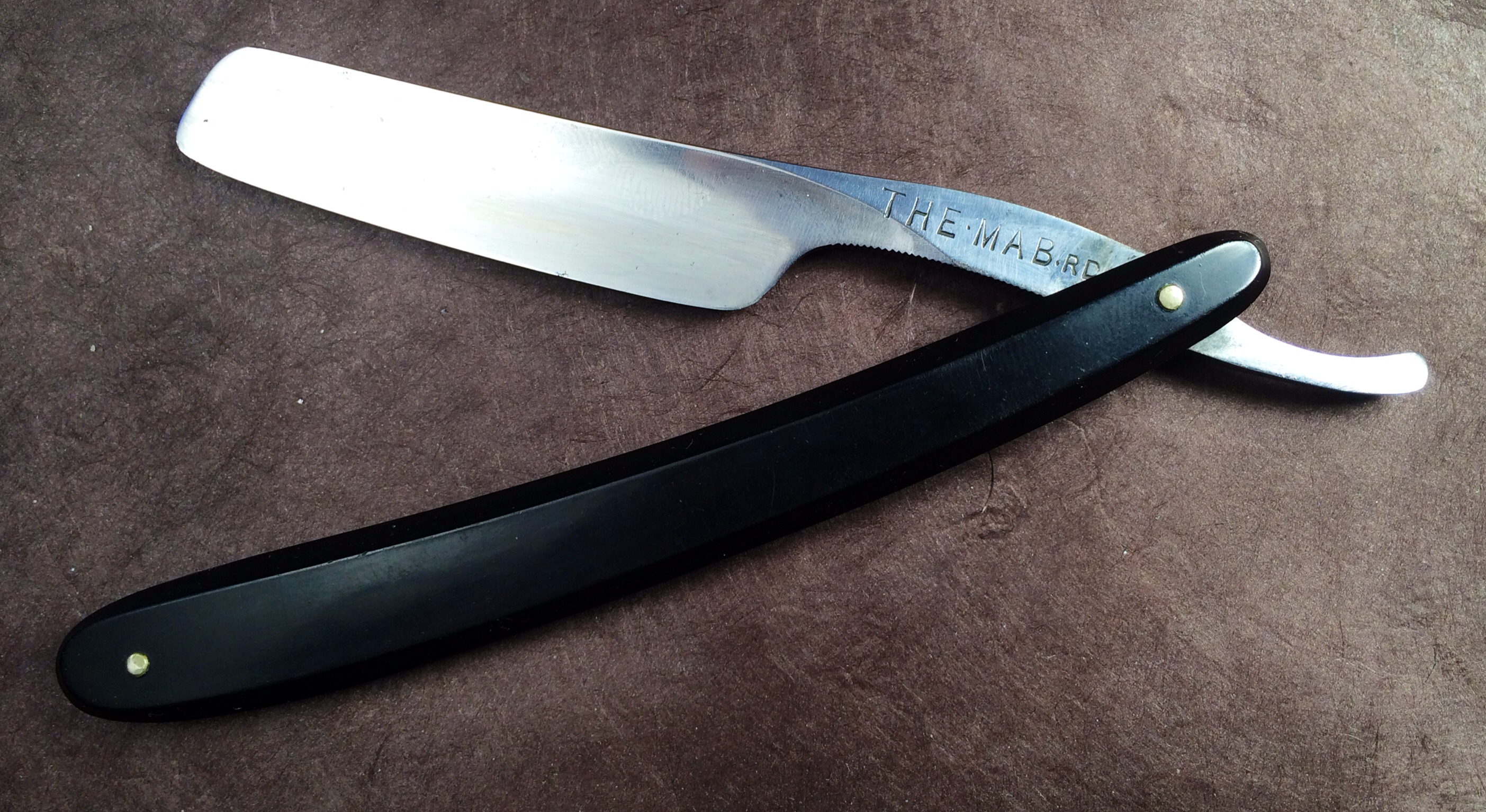
(Stropping is highly recommended, despite the ad-copy)Last edited by Voidmonster; 03-08-2014 at 10:58 PM.
-Zak Jarvis. Writer. Artist. Bon vivant.
-
03-08-2014, 11:14 PM #36

Without a catalog, the only razors I think we can use as solid evidence are those that have both their original mirror finish and an etching. IMHO it's just physically impossible to grind the razor outside of the factory and still preserve the combination of an even bevel, proper single-concave geometry, and mirror finish (with the etching included). That combined with the fact that nearly ALL of these examples look the same: same shape, same blocked etching, thumbnotch, same scale shape. Based on these examples, I'm convinced.
More examples: http://straightrazorpalace.com/show-...ph-elliot.html
-
03-08-2014, 11:19 PM #37

With all those examples and many of them obviously not from improper honing/wear....... the latest example the junk store J. Elliot is obviously, to me, made with the taper. If I saw only one I might think that somewhere along the way a chip was honed out at the point, but all of these examples, made before people worried about taping spines. I'm a believer.
Be careful how you treat people on your way up, you may meet them again on your way back down.
-
04-13-2014, 02:19 AM #38

Here's a tapered blade W&B I just finished restoring. IMHO it was definitely made this way, having now held it in my hands.




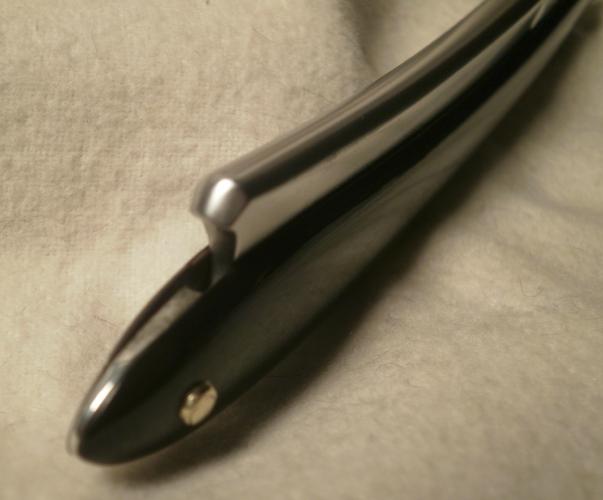
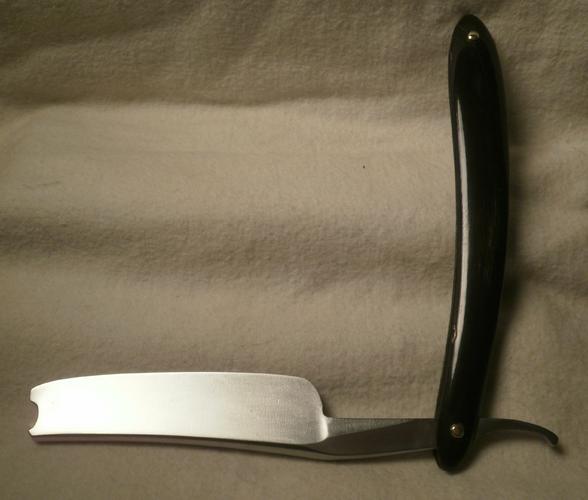
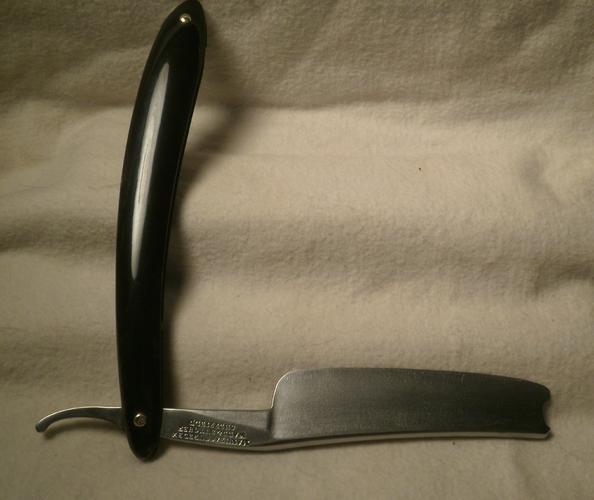
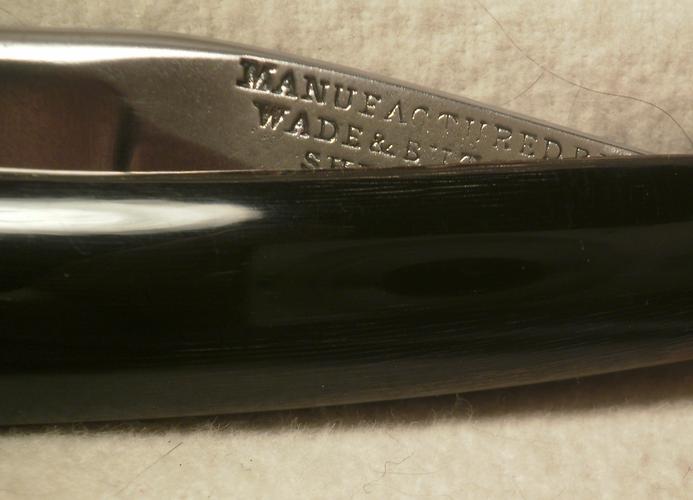
I'm really looking forward to honing it up to see how it shaves!
WP34Lupus Cohors - Appellant Mors !
-
04-13-2014, 02:32 AM #39Historically Inquisitive



- Join Date
- Aug 2011
- Location
- Upstate New York
- Posts
- 5,782
- Blog Entries
- 1
Thanked: 4249
Beautiful work! I might become a believer some day about the tapered blade! Enjoy!
-
The Following User Says Thank You to Martin103 For This Useful Post:
Wolfpack34 (04-13-2014)
-
04-13-2014, 02:37 AM #40


 343Likes
343Likes LinkBack URL
LinkBack URL About LinkBacks
About LinkBacks







 Reply With Quote
Reply With Quote


